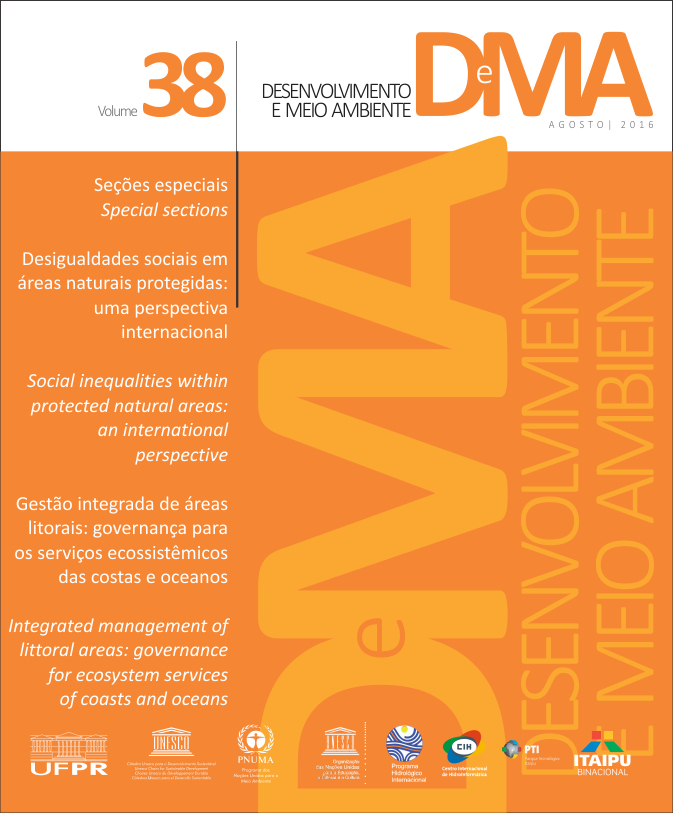Social Vulnerability in Flexible Accumulation Times: A Contribution to the Debate in the Environmental Field
DOI:
https://doi.org/10.5380/dma.v38i0.45131Keywords:
social vulnerability, social-environmental vulnerability, social question, poverty, rightsAbstract
The notion of vulnerability has been used in various fields of knowledge. One of its uses is in interdisciplinary research on environmental vulnerability, in which is understood in a simplified way as the overlap of social vulnerability and environmental risks. The debate in the environmental field was identified as having been dominated by perspectives of social science individualistic character and functionalist, with little openness for critical readings. In order to contribute to the expansion of this debate, we seek in this paper to present a theoretical discussion about the notion of social vulnerability. It is argued that, despite being used by authors from different theoretical and ideal political orientations, its dominant use is established within the revisited liberal thought. This hegemony is in line with the societal changes occurring since the 1970s, with the crisis of the Fordist regime of accumulation and the emergence of flexible accumulation regime. A new social grammar takes shape to address issues related to poverty, inequality and social injustice, which stresses an approach to vulnerability based on the assets and the capabilities, focused on individuals and their needs, responding to fiscal adjustment and cutting public spending. Alternatively, emphasis is given to a processual approach, focused on the rights and protection and on the unequal exposure to risk and its economic and political causes.
Downloads
Published
How to Cite
Issue
Section
License
Copyright on works published in this journal rests with the author, with first publication rights for the journal. The content of published works is the sole responsibility of the authors. DMA is an open access journal and has adopted the Creative Commons Attribution 4.0 Not Adapted (CC-BY) license since January 2023. Therefore, when published by this journal, articles are free to share (copy and redistribute the material in any medium or format for any purpose, even commercial) and adapt (remix, transform, and create from the material for any purpose, even commercial). You must give appropriate credit, provide a link to the license and indicate if changes have been made.
The contents published by DMA from v. 53, 2020 to v. 60, 2022 are protected by the Creative Commons Attribution-NonCommercial-NoDerivatives 4.0 International license.
DMA has been an open access journal since its creation, however, from v.1 of 2000 to v. 52 of 2019, the journal did not adopt a Creative Commons license and therefore the type of license is not indicated on the first page of the articles.




